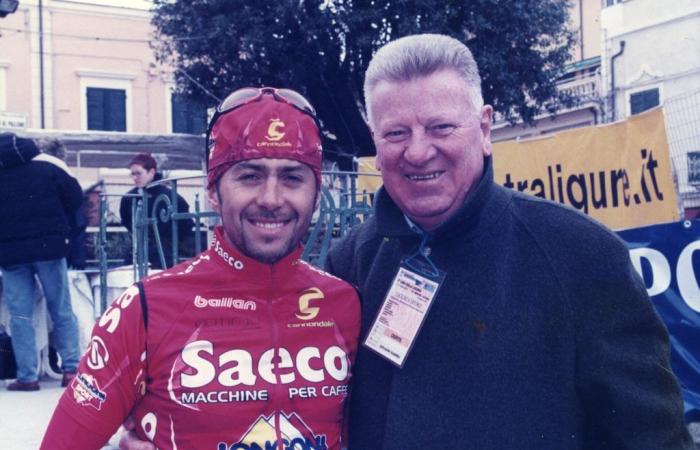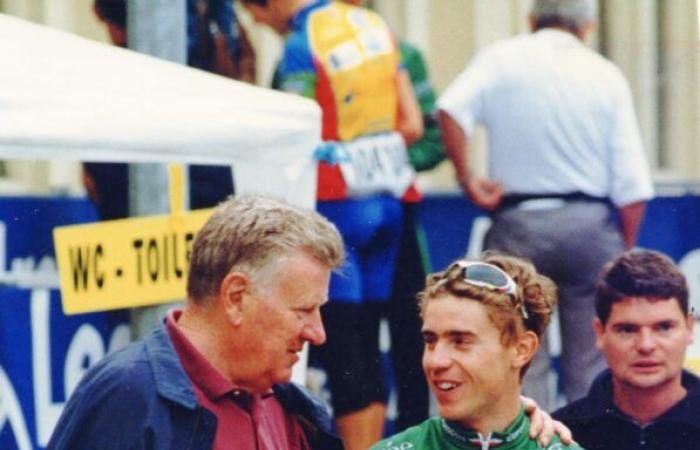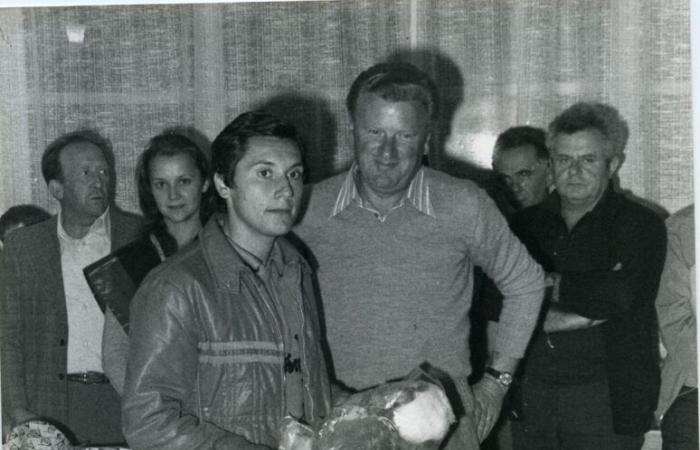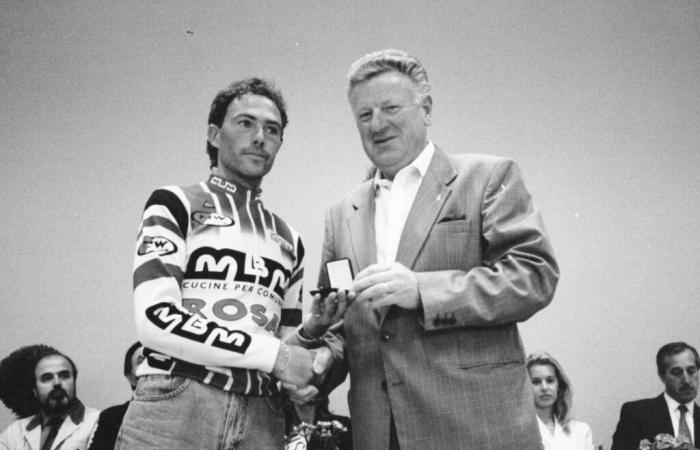“Those who play sports don’t believe that time really passes, because they always feel young”. Nino Ramires, historic patron of the Giro della Valle who passed away on the night between Thursday 13th and Friday 14th June at the age of 92, had written this dedication on a copy of the book “Il Giro Ciclistico della Valle d’Aosta”. A dedication that – rereading it now – is the very essence of the historic patron of the Petit Toura man with a generous heart who often threw himself over the obstacle, even if the obstacle seemed insurmountable.
Forty years of history of the Giro della Valle d’Aosta
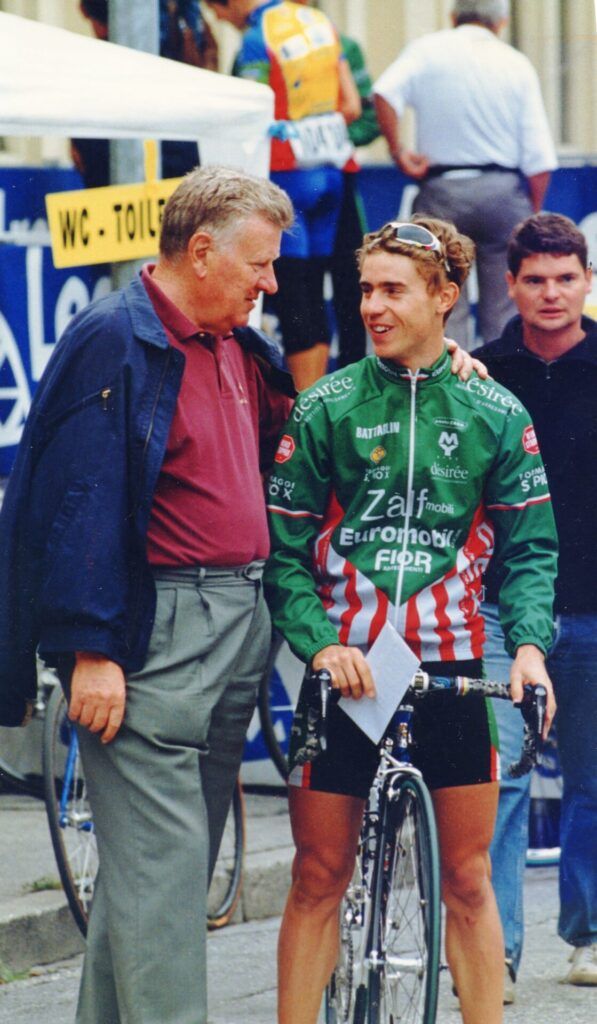
Those who play sports remain young, said Nino Ramires (Giovanni, born). AND in seeing his emotion every time we talked about cycling and the champions that he had seen born, you ended up truly believing it.
In reality, the years passed, sometimes quickly, but Nino always had the enthusiasm that had accompanied him in the winter between 1961 and 1962. He was just thirty years old then, and his hair was bright red: together to a group of pedal enthusiasts laid the foundations for the first edition of the Aosta Valley Cycling Tour to be born. Legend has it that it was a trip to France, to follow a stage race in which the late cyclist from Aosta participated Osvaldo Bassito set off the spark. “Why not try to do something similar here too?”, asked Nino Ramires and the others.
A few months later, exactly on 6 September 1962, the Giro della Valle was born. The first semi-stage with start and finish in Pont-Saint-Martin couldn’t have just any winner: he imposed himself Italo Ziliolithe cyclist who read passages by Sappho, Aeschylus, Shakespare, Leopardi, Poe, Baudelaire, Sartre and Freud, but who from time to time he even beat up a certain Eddy Merckx.
President of the organization Adolfo Cretondeputy Giovanni Pieropan: Walter Lain And Giovanni Cossavella they were race director and co-director, Raymond Jans administrative secretary together with Giovanni Capursothe Ramires brothers (John said Nino, Hector And Dominic) with Marino Centelleghe flying finish line service personnel.
Concretely? Cross your fingers, drive past the group at full speed e.gto arrive before the athletes at the Mountain Grand Prix or the cash sprintin such a way as to correctly note down on a special booklet the numbers of the athletes who passed first.
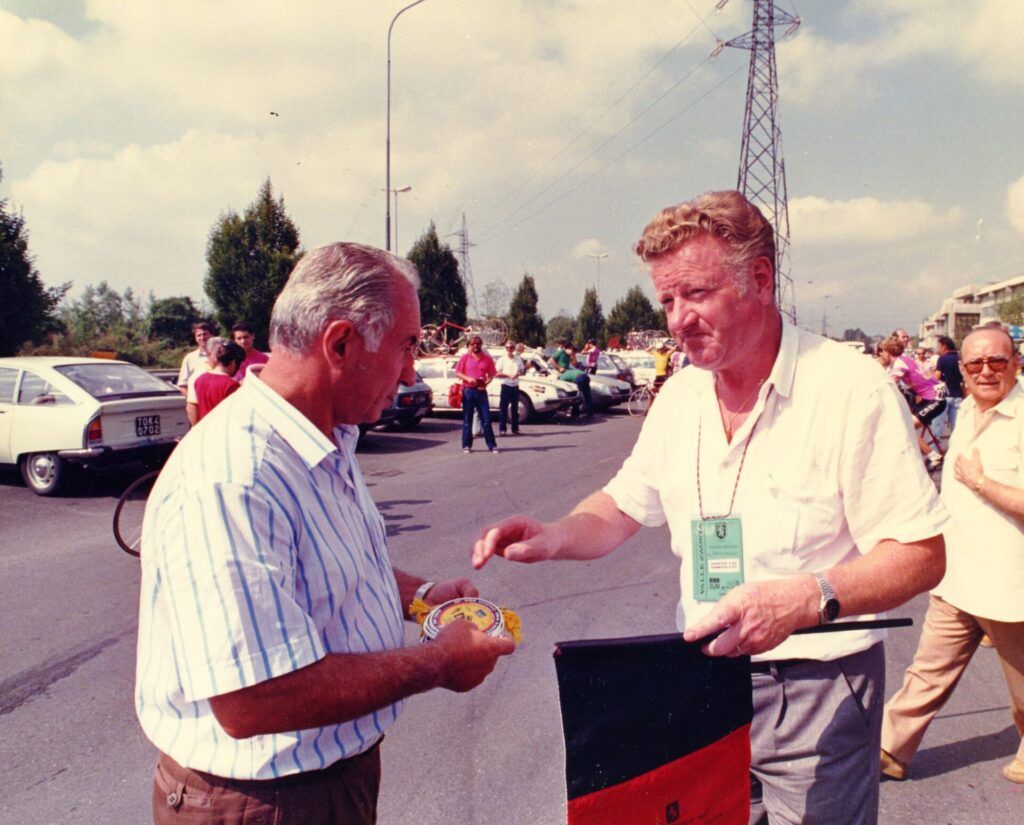
It was no longer the heroic cycling of Coppi and Bartali that is all too often evoked nowadays, but true cycling, made of passion (a lot), ambition (fundamental), good will (in spades) and lots and lots of friendship. Nino Ramires, during his forty years spent in the Giro della Valle, has most likely played all the roles within the race: in the last editions, with his Volkswagen Variant, he anticipated the race leader, that is, the car that signals the imminent arrival of a cycling race. Alone, with his car, he checked the direction of the route one last time, the presence of police personnel or volunteers at dangerous intersections, and identified potential dangers. In short: a fundamental role but one that only insiders notice.
But sometimes passion took over and it happened – rarely – to find his Volkswagen Variant parked on the side of the road waiting to see cyclists pass by. Just a moment, the time to see the group whizzing by at fifty miles an hour and to try to distinguish within it that talented boy who you had christened as a possible champion.
The good Nino often took us, proving that his passion for the pedal went hand in hand with his profound knowledge of the discipline. In his home in the Saraillon region of Aosta he was there until a few years ago a room dedicated to the Giro della Valle and the memories of forty years of cycling. Photos, above all, but also videos in industrial quantities. Albums of all the editions of the race, memories of trips to professional races in which Nino’s red hair – which had become gray with the passing of time – was readily recognized by those established champions who had arrived very young, shy and full of enthusiasm only a few years earlier. hopes at the Giro della Valle.
The reactions of his champions
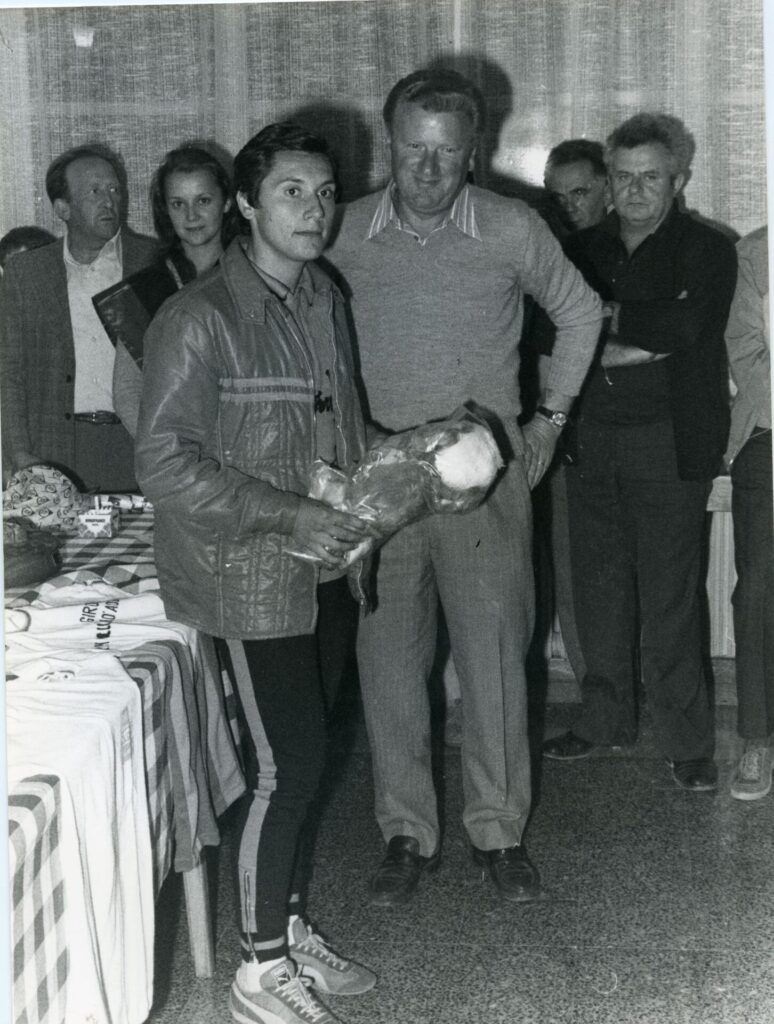
The news of Nino Ramires’ death quickly went viral in the small world of cycling. “The news saddens me, as some good memories come back. A special person, who led the Giro with passion and authority”he said Italo Zilioli. Gilberto Simoniwho before winning two Giri d’Italia won the Petit Tour in 1992, was very fond of Nino Ramires: “A piece of my history that goes away”. Olivano Locatellithe most successful sports director in the history of the Giro della Valle, remembers him “Like a tough guy, with whom I had a great relationship”. Wladimir Bellione of Eurosport’s voices of cycling and winner of the 1991 Giro, remembered this during the commentary of the Lubjana – Nova Gorica stage of the Tour of Slovenia.
And then there are lifelong friends. Cesare Cossavella, son of Giovanni, talks about it as “Of the one who knew how to take the Giro from an artisanal level to a semi-professional one”.

The Petit Tour loses its Patron
Nino Ramires was among the founders of the Giro in the early sixties, but thirty years later he had the idea of creating an ad hoc company – the Valle d’Aosta Cycling Society – which would take over the task of organizing the race, previously entrusted in turn to the cycling clubs operating in the region. Setting up the race became more difficult every year but he – despite the growing difficulties – somehow always managed to find a way to get the race started (and finished).
The commitment was absolute, and without fear of contradiction we can say that Ramires often sacrificed family affection for the Petit Tour. In the spring he went hunting for stage venues and sponsors, after the race he went around again to pay the bills for the rideoften anticipating money from his own pocket that would only arrive in the company’s coffers some time later.
In the middle of the emotions of an organizational machine that was growing out of all proportion, fleeting glances at tomorrow’s champions and loads of anecdotes. In his room/museum on the hill of Aosta he had framed a police report from the canton of Valais accusing him of driving a hundred cyclists and the same number of motorcycles and cars at speeds exceeding the permitted limits. And then there was the fine for the use of radio frequencies, of a few million lire: over the years he had learned to laugh about it, but those organizational hitches – which probably would have convinced anyone to leave the job – underneath they strengthened Nino’s passion for his Giro. “My awards for sporting merit”he loved to define them.
However, there was a memory that often took over, because you can never forget certain things. The death of Diego Pellegrini, crashed during the descent of the San Carlo during the 1993 Giro, had left an indelible mark on him. For years he had remained in contact with the family of the cyclist from Ranica, establishing a relationship of affection and friendship with the parents of that unfortunate boy. Probably in that September 1993 something changed and Nino’s enthusiasm was no longer the same. However, it took a long time before seeing a change at the top of the Giro della Valle materialize, but perhaps the truth is that few – or perhaps it would be better to say none – wanted to take on a commitment as onerous as the one he took on. Nino Ramires had to wait until 2005, and the arrival of Vasco Sarto, to hand over a baton that he had carried with pride for over forty years.

The furniture factory, the children’s item shop and a special family

Nino Ramires was born in Aosta on 9 January 1932, last of eight brothers and sisters, unfortunately all passed away. The father, Nicola, had arrived in the Valley directly from Trani, in Puglia, and with his older children he opened Mobili Ramires in the first location in Piazza Plouves.
Nino, in his youth, worked with the family business before opening his own shop in viale Federico Chabod, where Mobili Ramires is now based. It was called “The Stork’s Nest”, and it was the first resale of children’s items in Valle d’Aosta. Raised in the village of Sant’Orso, in 1952 he married Rina Tullio, with whom he raised his children Tiziana, Roberto and Fabio: later his grandchildren Elisa Surini, Federica, Rebecca and Alessandro Ramires arrived. Nino Ramires had been hospitalized for some time at the JB Festaz in Aosta, where he passed away on Thursday: the funeral is scheduled for tomorrow, Saturday, at 2.30 pm in the church of Sant’Orso. Gianni Mura, champion of cycling for La Gazzetta dello Sport and La Repubblica, would certainly have defined him as “hombre vertical”.

